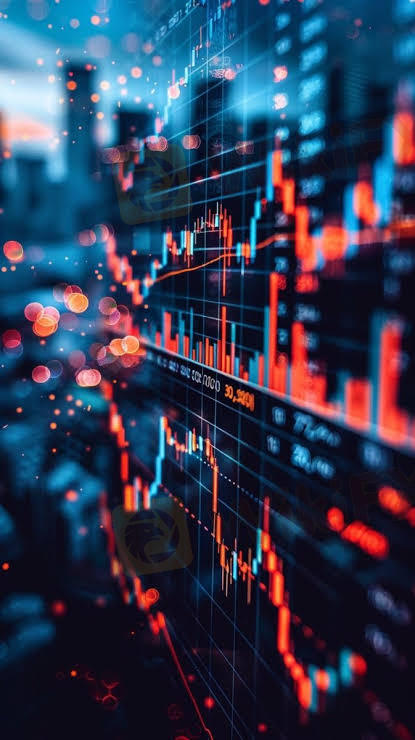
2025-06-27 08:56
IndustriaVolatility and How It Shapes Forex Trading Outcome
Volatility and How It Shapes Forex Trading Outcomes
Volatility in the forex market refers to the degree of variation in currency price movements over time. It’s a core element of forex trading, creating both opportunities and risks. High volatility can mean larger price swings, which appeal to traders seeking quick profits, while low volatility often reflects stable, slower markets.
Several factors influence volatility, including economic news releases (like Non-Farm Payrolls or interest rate decisions), geopolitical events, and unexpected market sentiment shifts. For example, central bank announcements from the Federal Reserve or European Central Bank often trigger sharp movements in major currency pairs.
Traders should adapt their strategies to suit the level of volatility. During high volatility, short-term traders might find more entry points, but the risk of getting stopped out increases. Using wider stop-losses, adjusting position sizes, and trading during known news windows are ways to mitigate these risks.
Ultimately, understanding and anticipating volatility gives traders an edge in timing entries, exits, and risk exposure.
#CommunityAMA
Me gusta 0
zulkilfi
ブローカー
Contenido delicado
Industria
Trabajo de WikiFX
Industria
Trabajo a tiempo parcial
Industria
gana sin invertir solo por usar una app
Industria
Evento de subsidio en México
Industria
gana 100 dólares con un minimo de inversión de 4 dólares
Industria
Evento de subsidio de Colombia
Categoría del foro

Plataforma

Exposición

Agente

Contratación

EA

Industria

Mercado

Índice
Volatility and How It Shapes Forex Trading Outcome
 Malasia | 2025-06-27 08:56
Malasia | 2025-06-27 08:56Volatility and How It Shapes Forex Trading Outcomes
Volatility in the forex market refers to the degree of variation in currency price movements over time. It’s a core element of forex trading, creating both opportunities and risks. High volatility can mean larger price swings, which appeal to traders seeking quick profits, while low volatility often reflects stable, slower markets.
Several factors influence volatility, including economic news releases (like Non-Farm Payrolls or interest rate decisions), geopolitical events, and unexpected market sentiment shifts. For example, central bank announcements from the Federal Reserve or European Central Bank often trigger sharp movements in major currency pairs.
Traders should adapt their strategies to suit the level of volatility. During high volatility, short-term traders might find more entry points, but the risk of getting stopped out increases. Using wider stop-losses, adjusting position sizes, and trading during known news windows are ways to mitigate these risks.
Ultimately, understanding and anticipating volatility gives traders an edge in timing entries, exits, and risk exposure.
#CommunityAMA
Me gusta 0
Yo también quiero comentar.
Enviar
0Comentarios

No hay comentarios todavía. Haz el primero.

Enviar
No hay comentarios todavía. Haz el primero.